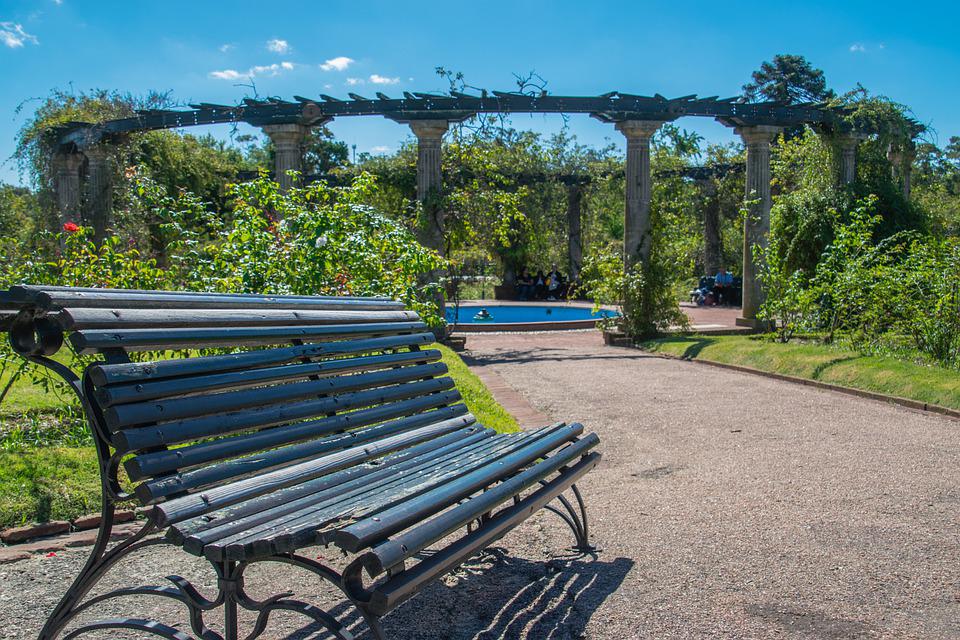I have the habit of looking for spaces all over the City whenever I go out which could potentially be turned into green, public spaces. It is a fun thing to do, imagining how an unaccepted street, abandoned lot, or extra wide paved sidewalk could house plants, benches, and play areas for kids. I used to keep this game to myself, but I realized a few years ago that the more I spoke to people about it, the more like-minded people I met could become allies. So currently, I have one such major project in the works and am in the conceptual stage for the next two or three projects and expanding my network and resource contacts. All to increase the amount of green public space, decrease or eliminate stormwater runoff that drains into the storm sewer system and the Bay or ocean, and strengthen our communities.
Community improvement through greening and beautification projects has been proven to have an enormous impact. For one thing, it does bring communities together. I, for one, have met many new people and allies while engaging in each new project. Additionally, many communities, especially those that have been neglected for decades, appreciate the effort and interest placed in their appearance, the well-being of the residents, and the input requested of all the local denizens regarding how best to improve their built environment. Furthermore, these projects generate additional revenue by procuring materials and employing people beyond volunteers to help create these new green projects. Finally, it is also a way for municipalities to show that they are investing public funds across all neighborhoods, not just the more affluent ones.
Another benefit of these projects, though it can test one’s patience, is that they are becoming much more commonplace and, therefore, public red tape is getting more and more streamlined. Public agencies have already created grant programs, alliances with non-profit agencies, and established processes to streamline the permitting processes since work on these projects requires, for example, encroachment permits and inspections by the impacted local entities, such as transit, utilities, ADA access, fire, and police department reviews and so on. Additionally, it is important to plan and prepare for the required post-project maintenance of these spaces and determine who is responsible, such as the community, the public entity, or a combination of both.
In general, however, these types of projects require a vision of what the ultimate “product” will look like, as well as the determination to get the work done. Because, for example, there will be people telling you that your project cannot be done, that the red tape will be too demanding, or, worse yet, that the funds are not there. However, with a bit of networking and research, you will find that there are grants, resources (human and otherwise), and companies willing to pitch in pro bono, such as SCE, landscape architects, and planners, willing to help out for the benefit of their communities and the environment.

